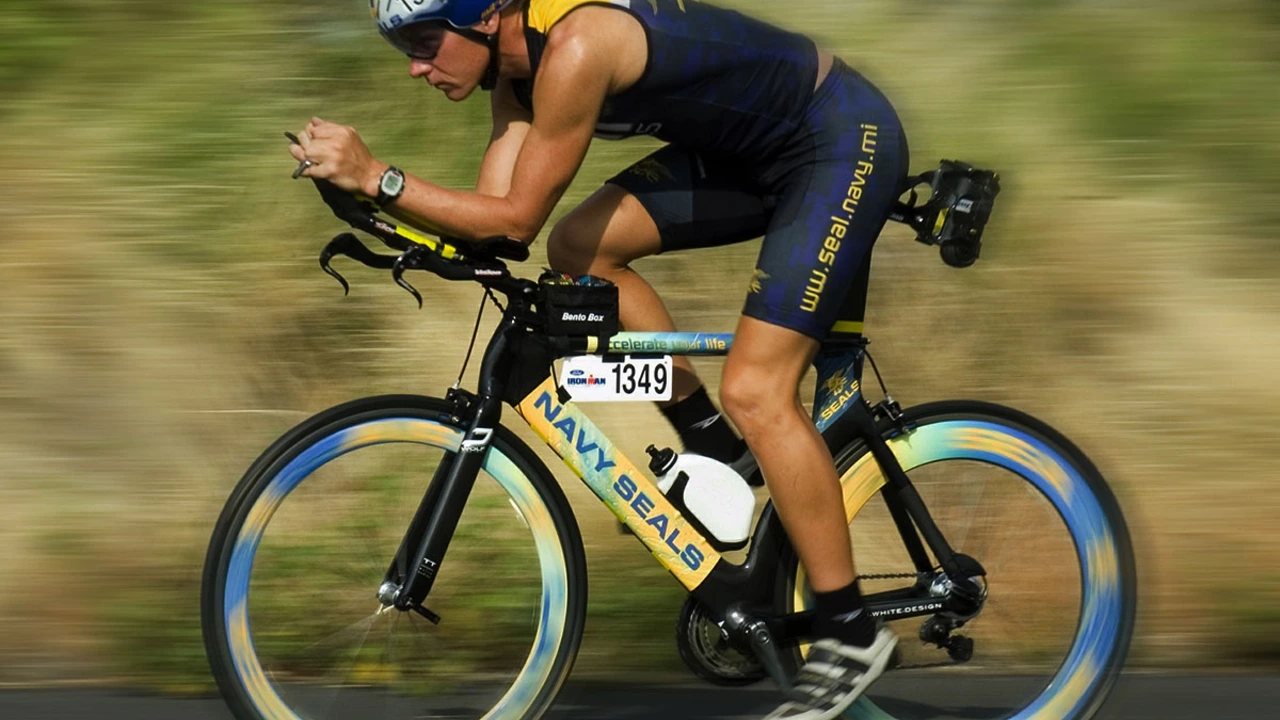SEARCH
Cat 1 Racer BMX Guide: Gear, Training & Race Tips
If you’re eyeing the Cat 1 category, you already know it’s a step up from local races. It means tougher tracks, faster riders, and a bigger spotlight. But don’t let that scare you – the right gear, focused drills, and a solid race plan can close the gap quickly.
Essential Gear for Cat 1 BMX Racers
First things first: your bike. A Cat 1 racer needs a frame that’s light yet stiff enough to handle hard jumps. Look for 20‑inch frames made from aluminum or chromoly, and make sure the geometry matches your riding style – low head tube for quick steering, short top tube for better control.
Wheels matter, too. Double‑wall rims with a sturdy spoke count (typically 32 spokes) give you durability without adding weight. Pair them with 2.4‑2.6 mm tires that have a smooth tread; you’ll want low rolling resistance on flat sections and enough grip for turns.
Don’t forget the cockpit. A flat handlebar gives you more leverage for sprints, while a short stem reduces wobble in tight corners. When it comes to pedals, clipless systems are popular among Cat 1 riders because they improve power transfer. If you’re not ready for clips, choose platform pedals with good grip and sturdy pins.
Safety gear is non‑negotiable. A full‑face helmet protects you during big jumps, and padded gloves reduce hand fatigue. Knee and elbow pads should fit snugly – you need protection without restricting movement.
Training Drills that Boost Your Race Performance
Once you’ve got the bike set up, it’s time to train smart. Start every session with a dynamic warm‑up: leg swings, arm circles, and a few easy rides to get the blood flowing.
Practice gate starts. Set up a mock gate and work on explosive power off the line. Count the seconds and aim to shave off a few hundredths each week. A solid start can be the difference between a podium finish and finishing mid‑pack.
Next, focus on cornering drills. Ride a figure‑eight pattern on a low‑speed section, then progressively increase speed. Pay attention to body position – keep your inside knee low and your hips over the bike. Good cornering will let you maintain speed through the technical parts of a Cat 1 track.
Don’t ignore jumps. Find a local BMX park and do a series of small hops, gradually increasing height. Work on staying relaxed in the air and landing with both wheels aligned. Controlled jumps will give you confidence when the track throws in larger berms or table tops.
Finish each workout with a strength circuit: body‑weight squats, lunges, and core planks. Strong legs and a stable core translate directly to faster sprints and better bike handling.
Finally, race day prep. Arrive early, do a quick bike check, and ride the warm‑up lap at race speed. Visualize your line through each turn and commit to your plan. Keep your gear dry, stay hydrated, and use the pit area to talk to other Cat 1 riders – they often share valuable track insights.
Remember, moving up to Cat 1 isn’t just about raw speed. It’s about consistency, confidence, and making smart equipment choices. Stick to a regular training schedule, keep your bike in top shape, and stay focused on each segment of the race. Before you know it, you’ll be crossing the finish line with the best of them.

How long does it take to become a cat 1 racer in road cycling?
Becoming a cat 1 racer in road cycling is no easy feat and the timeline varies for everyone. It could take anywhere from 3 to 5 years of dedicated training and racing, but it ultimately depends on your natural talent, commitment and the time you're willing to invest. Climbing through the ranks from a beginner to a cat 1 racer requires substantial effort, strategic race selection, and consistent performance. The journey demands a balance of physical endurance, tactical intelligence, and a strong mental game. So, if you're inspired to become a cat 1 racer, gear up for a challenging yet rewarding journey ahead.
Continue reading